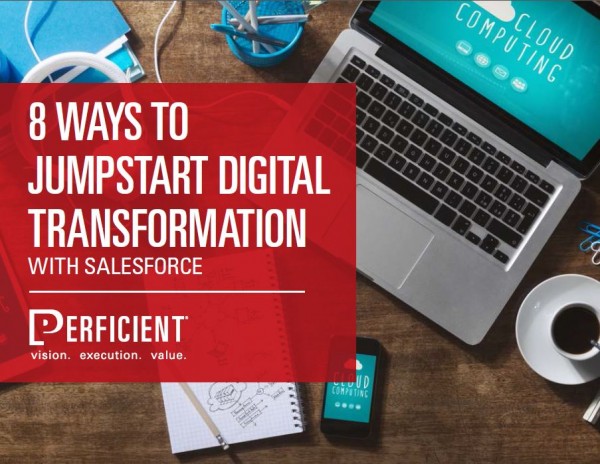
By now you’re familiar with the term personalization and heard it a time or two if you’re a marketer. This term has been used to describe the 1:1 experience or journey marketers can create to connect and engage with customers on a deeper level. But what exactly is hyper-personalization and how does it differ from just delivering a personalized experience? Business2Community defines hyper-personalization as:
The use of data to provide more personalized and targeted products, services, and content.
It’s debatable if this definition fully describes what the differentiating factor is between just personalized marketing and hyper-personalization so let me put it in a different context.
Hyper-personalization goes well beyond leveraging the 360-degree view of the customer we all are striving to have in Salesforce. Step one involves using tools like Marketing Cloud and Pardot to develop profile data, track online behaviors and interactions with your brand to be able to help marketers define the customer journey. Secondly, it involves going beyond the normal confines of marketing data collected to deliver content in context by utilizing untapped sources of data. What might those untapped sources of data be? You’re likely wearing one on your wrist or carrying one in your purse or pocket – connected devices. Those smartwatches, activity trackers and mobile devices you carry with you everywhere are jampacked with information useful to your business. Harnessing that data to deliver hyper-personalized experiences and customer journeys across email, mobile, web and social is a powerful tool for today’s digital marketer.

Gartner recommends that marketers need to have integration and coordinated systems to successfully deliver hyper-personalization to your customers. And guess what? Salesforce is well positioned as a leader in Gartner’s latest Magic Quadrant for Digital Marketing Hubs.

While I’d love to keep telling you all about the ways in which we’re seeing brands use Salesforce to transform their digital marketing, I’d rather encourage you to download our new Salesforce guide, where we’ve taken a deeper dive into 8 ways to jumpstart digital transformation with Salesforce, spanning departments and functions, to help both business and technology executives reimagine their business, in order to thrive in a customer-centric, digital world.
